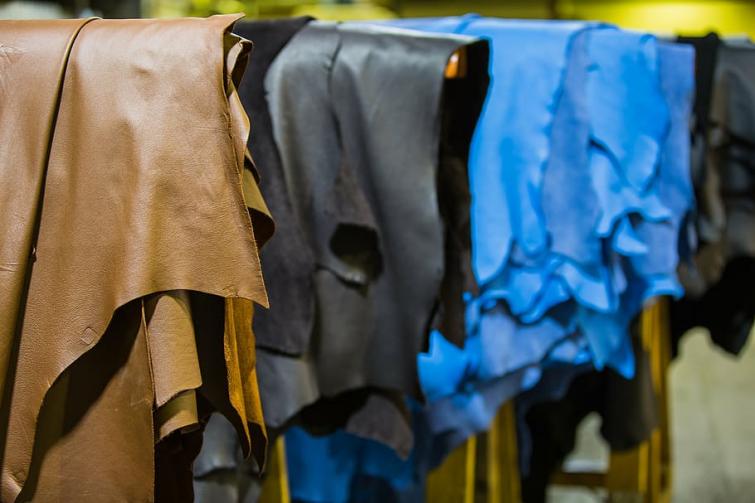
nCov in China impacts leather goods industry of Eastern India
Kolkata/UNI: The raging novel coronavirus in China has dealt a body blow to the leather goods industry of Eastern India as it stares at a Rs 300 crore loss.
The nCov has impacted the supply chain of the import of raw materials since the last one month. The raw materials are chiefly imported from Guangzhou and Dongzhou provinces of Mainland China, besides some items from Hong Kong.
The annual export of leather goods from the eastern region is about Rs 3,400 crores. Every month these leather units import raw materials of about Rs 200 crores to Rs 250 crores from China, according to a report published in a local daily today.
"With the current situation still very grim in China, normalcy in support chain of raw materials cannot be restored before March," Mr Arjun Mukund Kulkarni, Vice-President of Indian Leather Products Association (ILPA), was quoted as saying by the newspaper.
"Eastern India contributes about 55 per cent of India"s total Rs 5000 crore leather goods export per annum. We import locks, dog hooks, clips, zippers, PU (synthetic leather), lining material of leather goods, mesh, nylon webbing, chemicals, fitting for bags etc. RFID fabric essential to make bags and wallets to protect credit/debit cards from screening from outside is also imported from China," he said.
In the leather footwear section too the supply of raw material components like laces, shoe lining, buckles, ornaments, insoles, outsoles, foam, cellulose board, shank board etc have been affected.
"Countries like Bangladesh and Cambodia have become our biggest competitors and we are looking at countries like Vietnam and South Korea in Asia and Spain and Italy in Europe as alternatives of raw material import. But the cost factor is huge from these countries compared to China," Mr Kulkarni was quoted as saying.
The indigenous Infrastructure for raw materials manufacturing is needed in India for which the country needs investment for research in technological know-how as the leather industry has regularly been affected by the outbreaks of diseases like SARS, bird flu, nCov among others, he added.
Between five to ten lakh people are engaged directly/indirectly in the leather industry in this state, located mainly in Kasba, Topsia, Tangra and Bantola in Kolkata and working in the 250 small, medium and large scale units.
The current situation has cast a shadow on their jobs as production has come to a halt since February.
Kolkata is the main manufacturer of leather tote bags, bag pack, leather bags and wallets.
In fact, the world"s largest leather glove manufacturing unit, Indian Safety Products, is located here.
"We have export orders for summer and Easter holidays from countries like the United Kingdom, France, Germany, Italy, Portugal, USA and Canada and also from West Asia, but with the last raw material shipments reaching the Indian shores about a month ago, it is increasingly becoming difficult to meet the export order deadlines," Mr Kulkarni said.
Support Our Journalism
We cannot do without you.. your contribution supports unbiased journalism
IBNS is not driven by any ism- not wokeism, not racism, not skewed secularism, not hyper right-wing or left liberal ideals, nor by any hardline religious beliefs or hyper nationalism. We want to serve you good old objective news, as they are. We do not judge or preach. We let people decide for themselves. We only try to present factual and well-sourced news.







